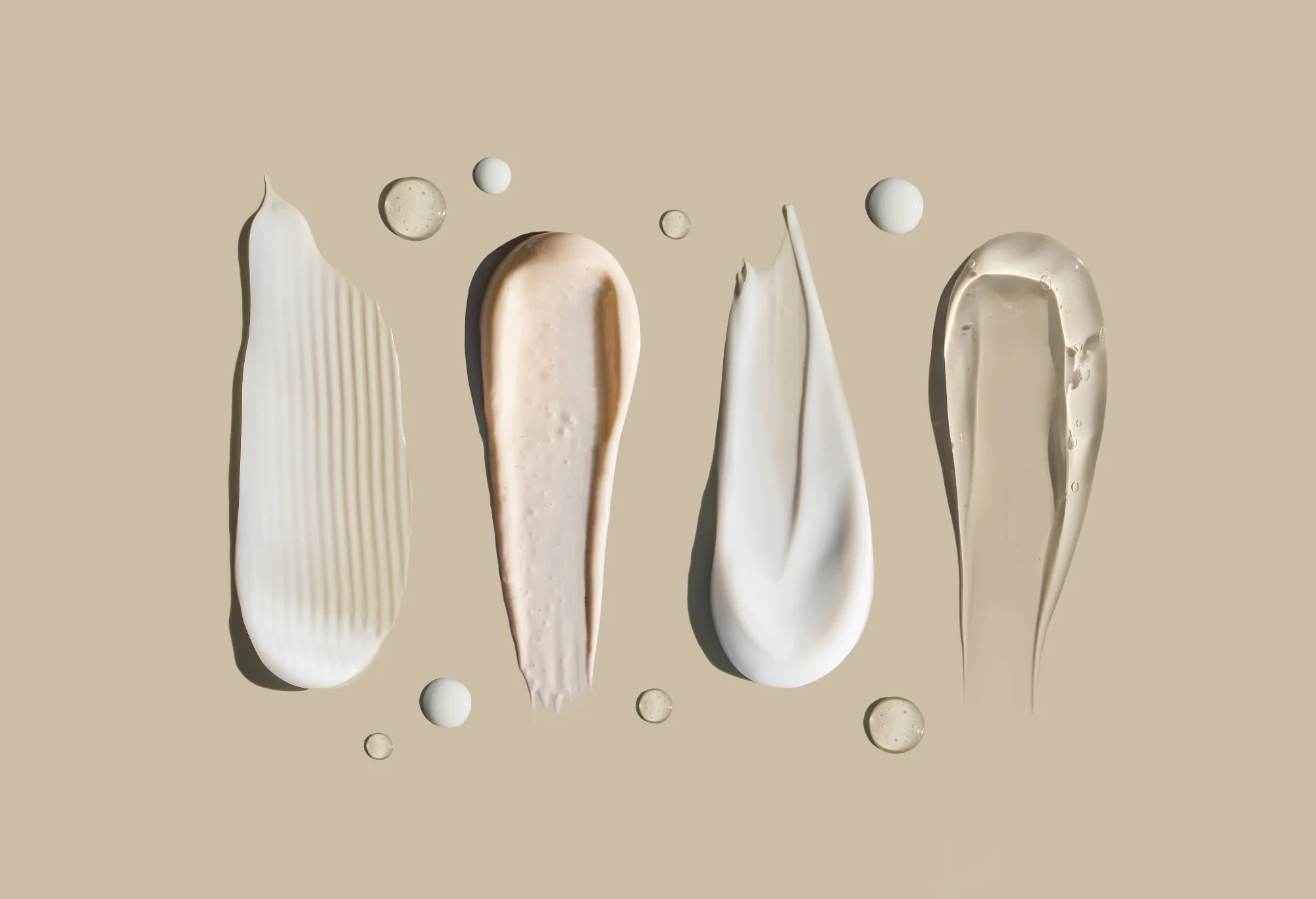In the world of product development, especially in industries like pharmaceuticals, cosmetics, food, and beverages, formulation and stability are two critical factors that can make or break a product’s success. The process of creating a stable and effective product formulation is a complex and fascinating journey that combines science, creativity, and meticulous attention to detail. In this exploration, we’ll delve into the science of formulation and stability, understanding their importance and how they contribute to the creation of successful products.
The Art and Science of Formulation
Formulation, in essence, is the art and science of combining various ingredients to create a final product with specific properties, functions, and characteristics. Whether it’s a medication, a skincare product, a food item, or a beverage, every product starts as a formulation on a scientist’s or engineer’s drawing board.
Ingredients Selection: Formulation begins with the selection of ingredients. In pharmaceuticals, this could include active pharmaceutical ingredients (APIs), excipients, and coatings. In cosmetics, it might involve oils, emulsifiers, and botanical extracts. In food and beverages, it encompasses a wide range of ingredients from flavorings to preservatives.
Balancing Act: Creating the right formulation is a delicate balancing act. It involves determining the precise proportions of each ingredient to achieve the desired product attributes, such as taste, texture, color, and efficacy. It’s like crafting a symphony where each ingredient plays a specific role.
Physical and Chemical Interactions: Formulators need to consider the physical and chemical interactions between ingredients. For instance, in pharmaceuticals, certain APIs may not be compatible with particular excipients, leading to stability issues. In food, certain ingredients may react to produce undesirable flavors or textures.
The Importance of Stability Testing
Once a formulation is created, the next critical step is ensuring its stability over time. Stability testing is the process of evaluating how a product’s physical, chemical, and microbiological properties change under various conditions, such as temperature, humidity, and light. The goal is to assess whether the product will maintain its quality, safety, and efficacy throughout its shelf life.
Shelf Life Determination: Stability testing helps determine a product’s shelf life, which is the period during which it remains safe, effective, and of acceptable quality. For pharmaceuticals, this is a regulatory requirement. For cosmetics and food products, it’s essential for consumer safety and satisfaction.
Real-Life Simulation: Stability testing often involves subjecting products to conditions that mimic real-world scenarios. For example, exposing a skincare product to high temperatures and humidity can simulate its behavior in a tropical climate. These tests help identify potential issues and inform packaging recommendations.
Quality Control: Stability testing is a cornerstone of quality control. It helps manufacturers ensure that their products meet the quality standards promised to consumers. It is also essential for meeting legal and regulatory standards.
Challenges in Formulation and Stability
Formulation and stability are not without their challenges. Here are some common issues that product developers face:
Ingredient Sourcing: Sourcing high-quality ingredients can be a challenge, especially when dealing with natural or exotic components. Ensuring a consistent supply chain is crucial.
Regulatory Compliance: Different industries have strict regulatory requirements for formulations and stability testing. Navigating these regulations can be complex and time-consuming.
Packaging Selection: The choice of packaging can impact a product’s stability. It’s essential to select packaging materials that protect against factors like light, moisture, and oxygen.
Emerging Trends: Keeping up with consumer demands for clean-label products, natural ingredients, and sustainability requires continuous adaptation and innovation in formulation and stability practices.
Innovation and Future Trends
The world of formulation and stability is constantly evolving. Here are some innovative trends and future possibilities:
Green Chemistry: As sustainability gains importance, green chemistry principles are being applied to formulation, leading to eco-friendly products with minimal environmental impact.
Nanotechnology: Nanoparticles are being used to improve the stability and bioavailability of pharmaceuticals, cosmetics, and food products.
Personalization: With advancements in technology, there’s potential for personalized formulations tailored to individual preferences and needs.
AI and Data Analytics: Machine learning and data analytics are being employed to accelerate formulation and stability testing, reducing development timelines.
Final Thoughts: The Nexus of Science and Creativity
Formulation and stability are the unsung heroes of product development, playing a pivotal role in bringing safe, effective, and high-quality products to consumers. From creating the perfect blend of ingredients to ensuring a product remains stable on the shelf, it’s a delicate dance between science and creativity. As industries continue to innovate and adapt to changing consumer preferences and regulatory landscapes, formulation and stability will remain at the nexus of scientific discovery and product excellence, unlocking new possibilities for the products of tomorrow.





